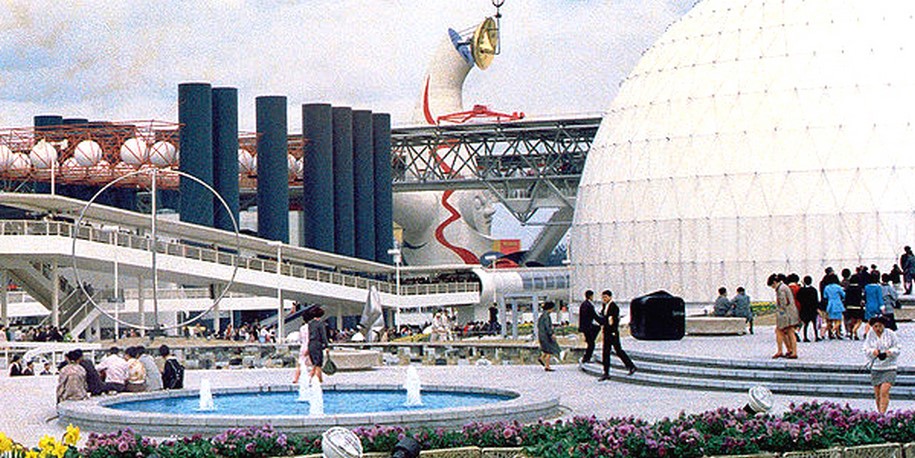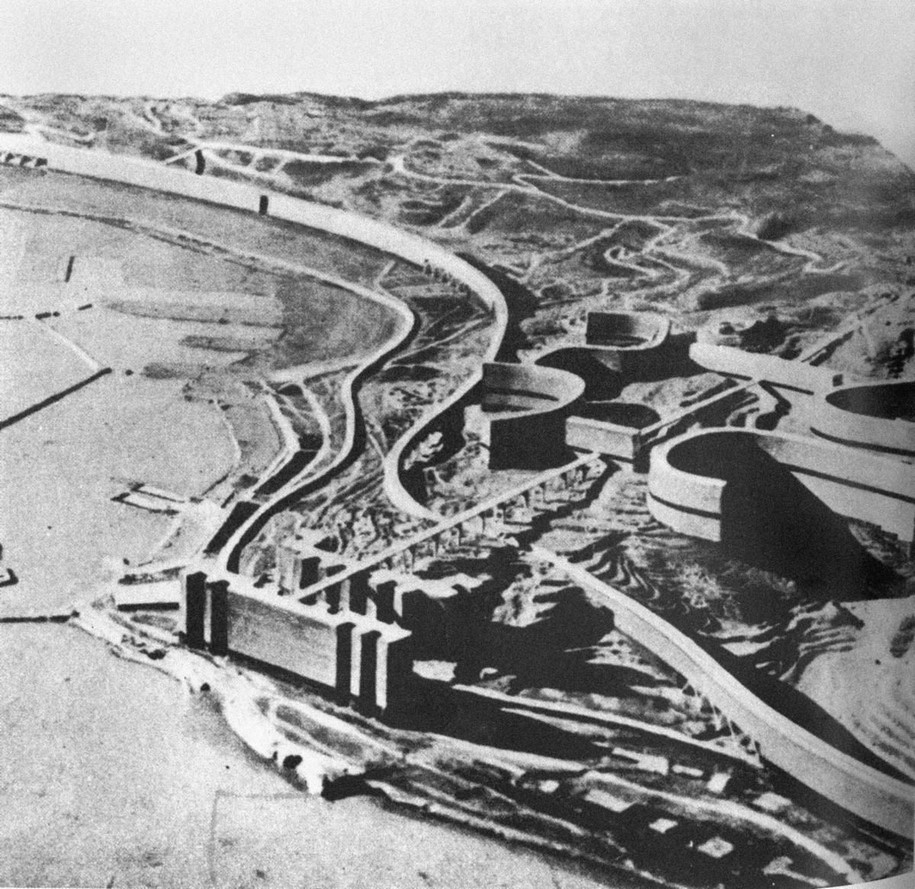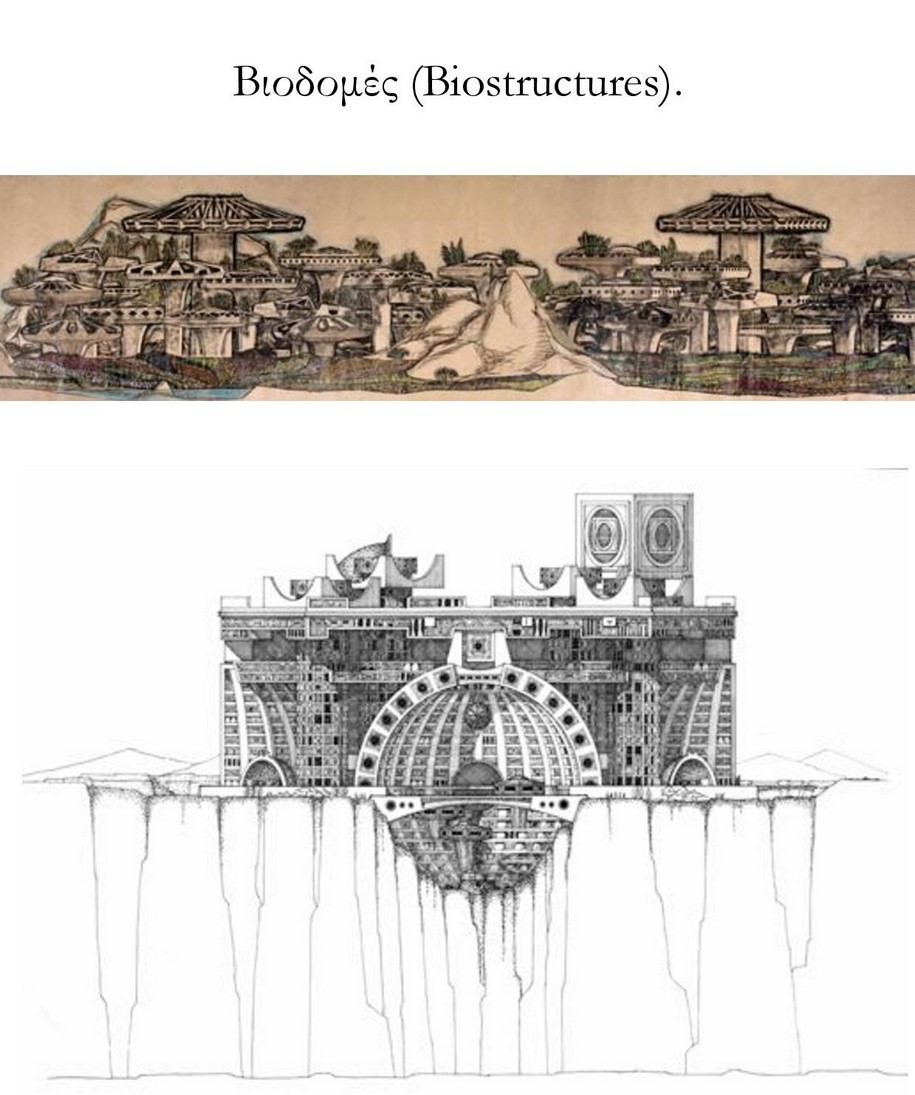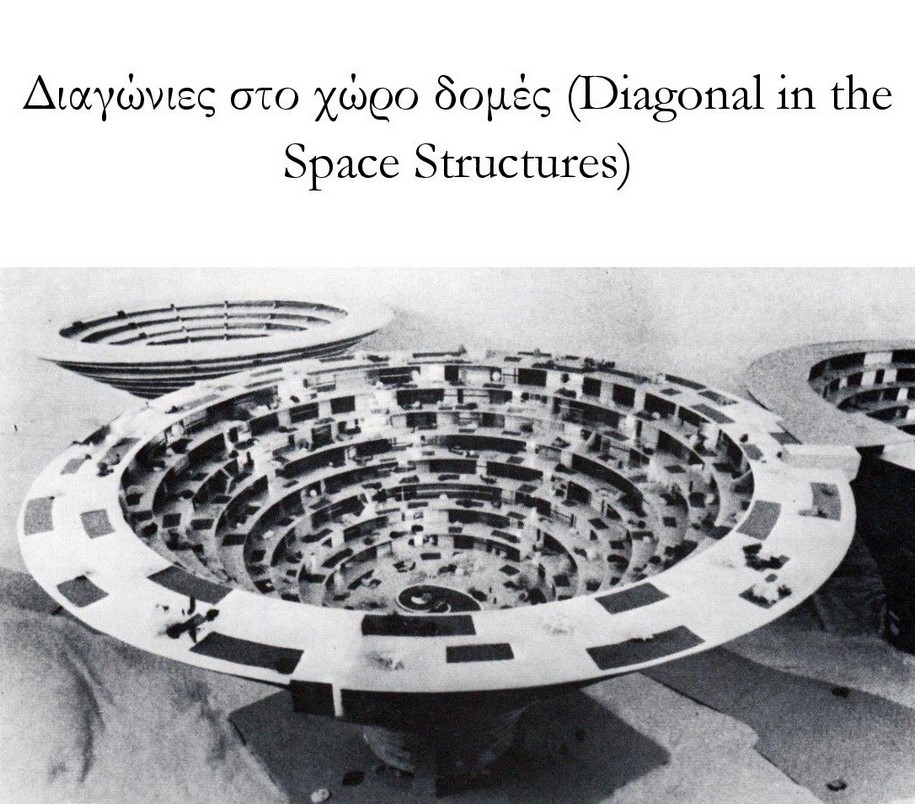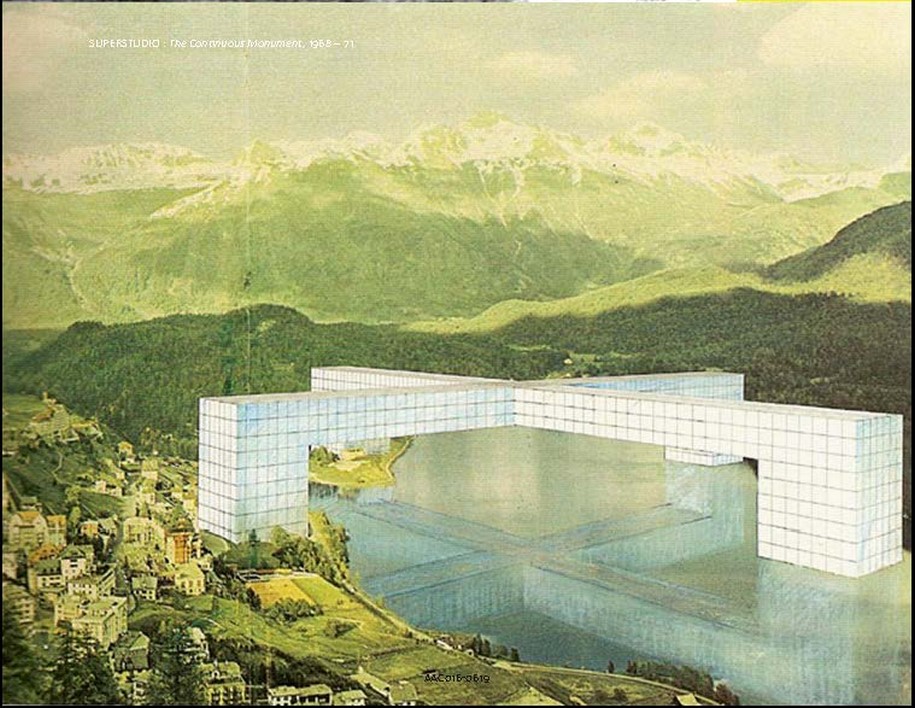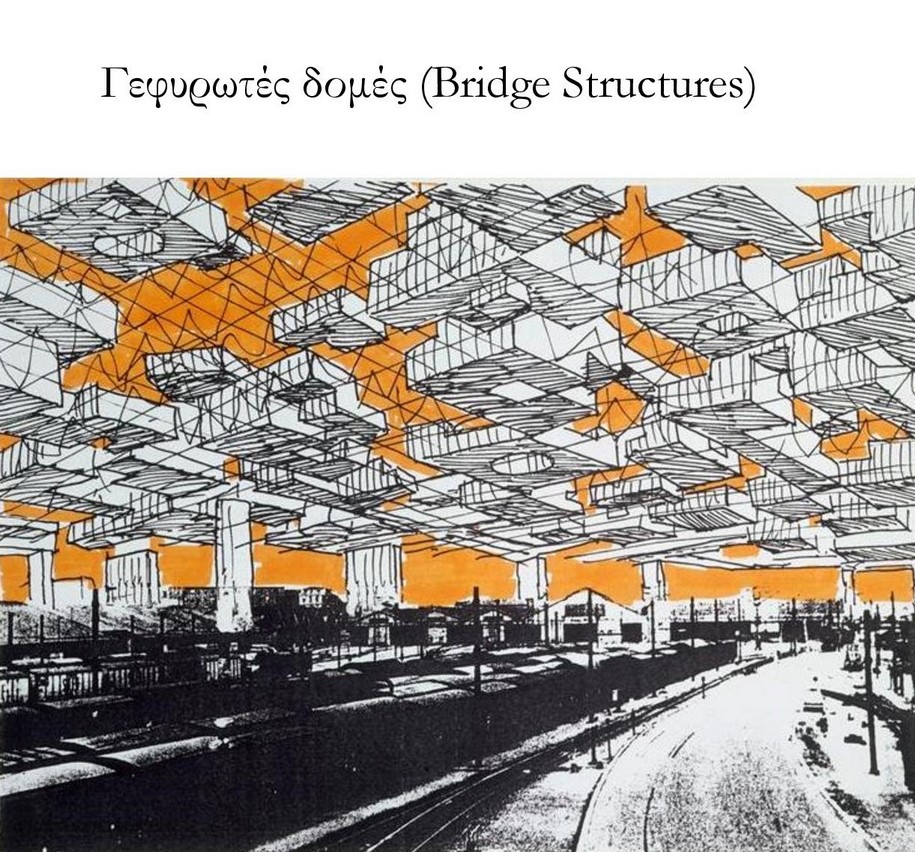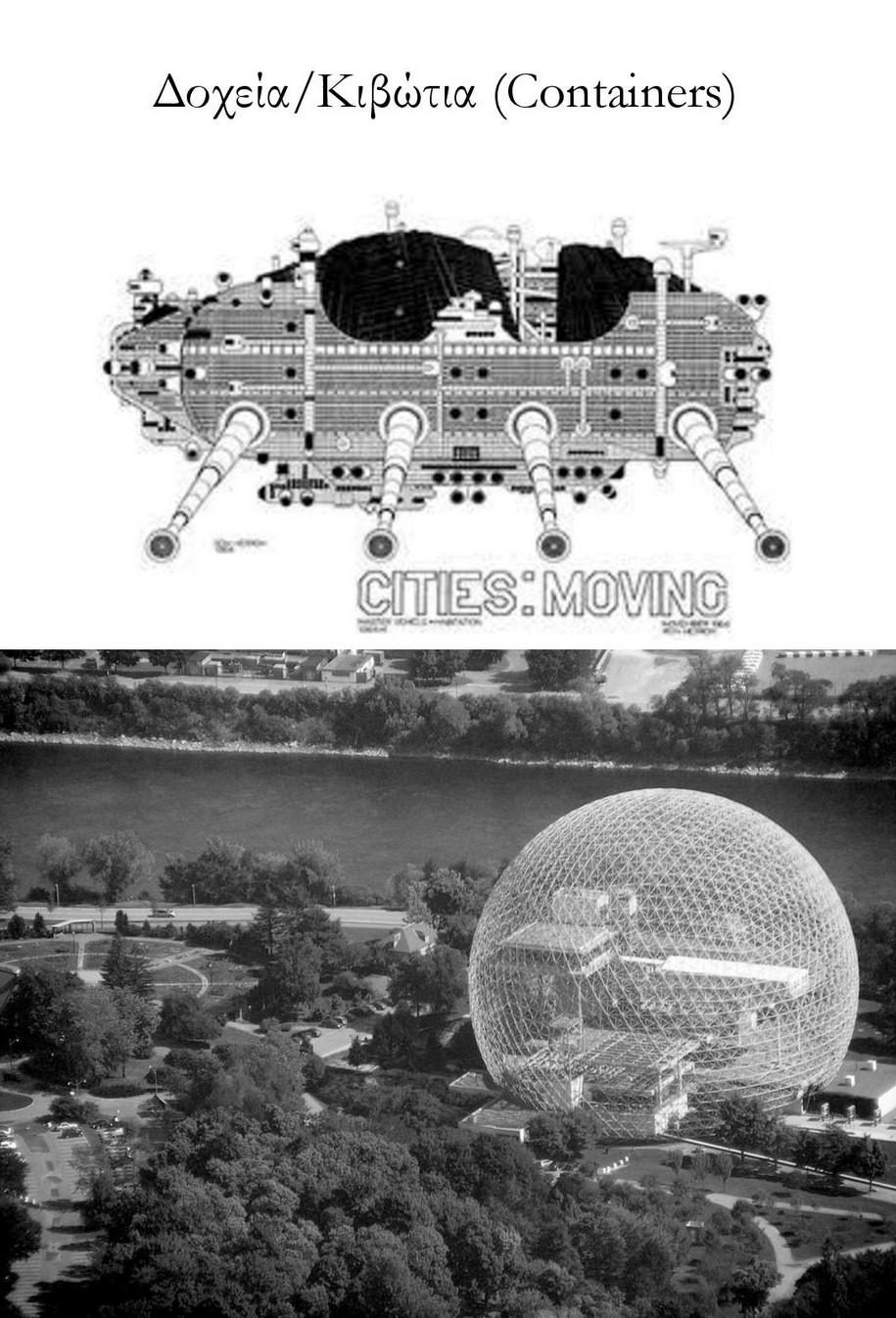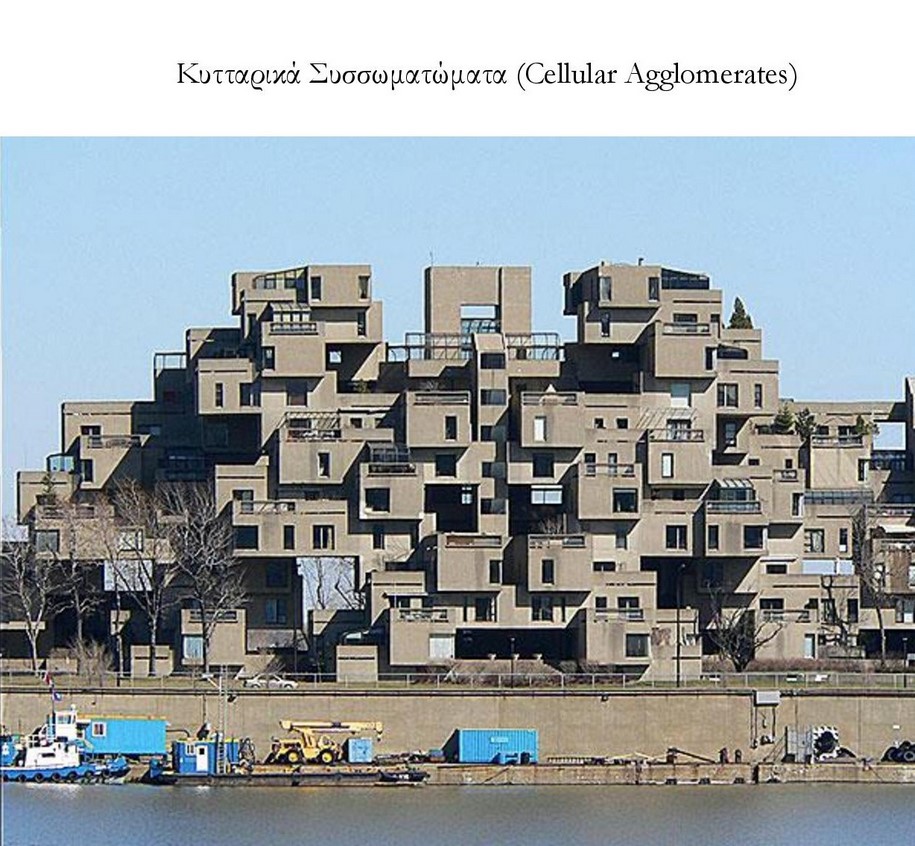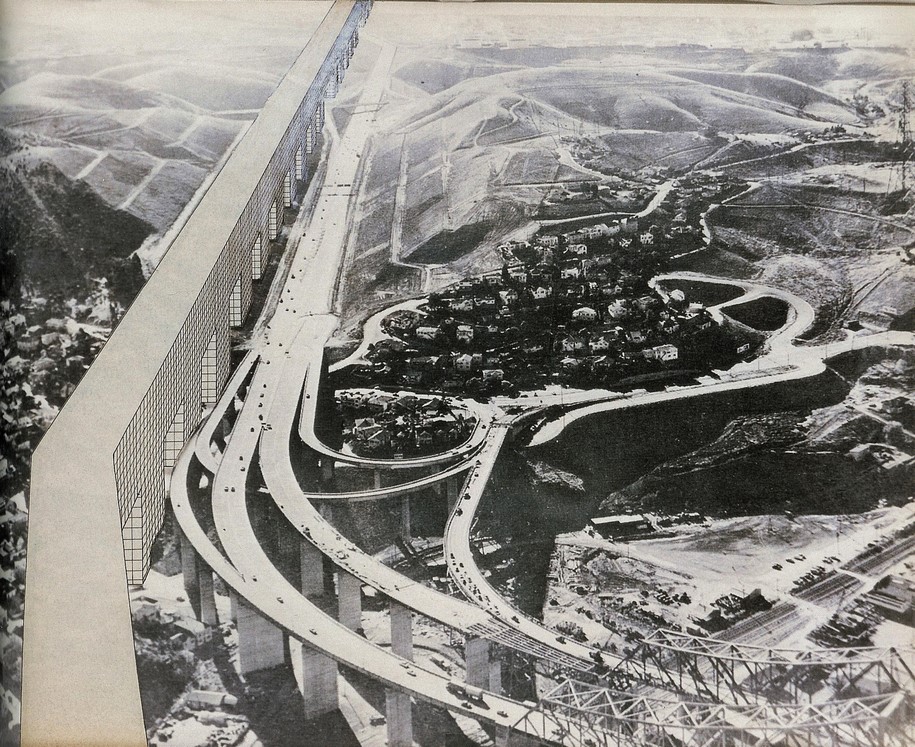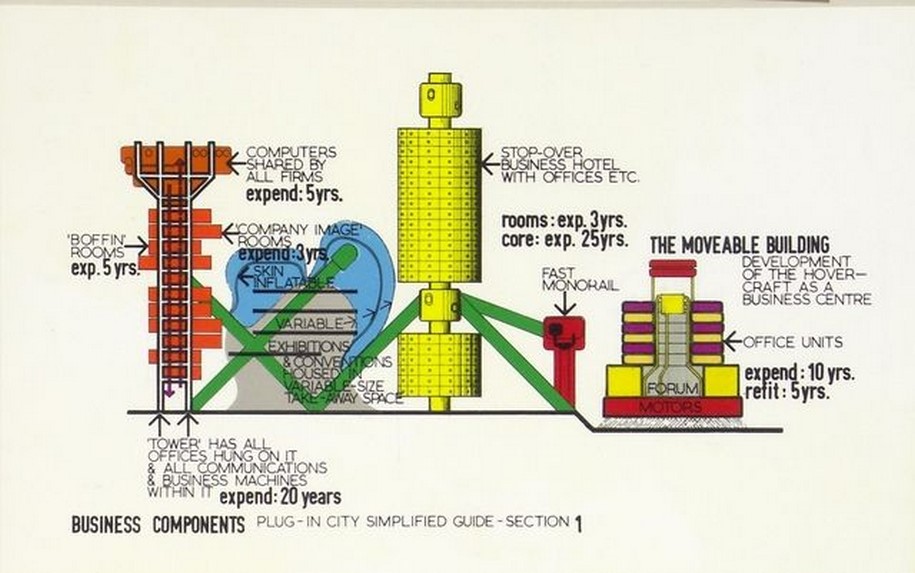Stavros Kasimatis ’s research thesis focuses on the Megastructures trend in the 1960s and examines the way certain spatial values, which were strongly discussed at that time, can be exploited, re-introduced, and provide solutions to a modern, emerging social order.
-text by the author
The boundaries of the planning principles and urban methodologies developed by the Modern Movement in the 1920s and accepted worldwide after the end of the Second World War, led to seasonal failures of urban renewal projects. The Modern Movement assigns the “ideal” city to the “functional” city and asserts that good urban planning could create a “good” architecture.
This situation served as a catalyst for architectural proposals, in contrary to the nature of the rational program of scattered architectures in the city and, unlike this approach, promoted the design of vast structures, superhuman size and complex internal organization, such as a small town.
One of the most radical and popular trends in architecture and urban design in the early 1960s was the development of the so-called “mega-structures”, which created some urban utopias and architectural prototypes based essentially on the blind confidence in the power of the modern technology.
Megastructures were considered as the key factor in creating an effective urban model, linked and integrated with the creative process for its design and development, both in architectural and urban design.
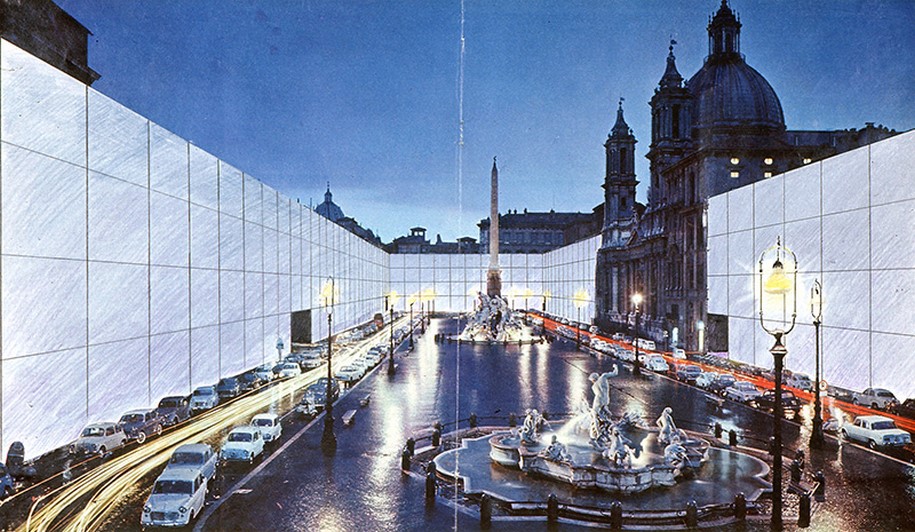
In the last part of this research, it is presented how certain spatial values, which were strongly discussed at that time, can be exploited, re-introduced, and provide solutions to a modern, emerging social order.
Facts
Project title Megastructure: Volumes Floating In Space
Student Stavros Kasimatis
Date June 2018
Course Master’s Dissertation
Supervisor Anastasios Tellios
School Faculty of Engineering A.U.Th. /School of Architecture
–
H ερευνητική εργασία του Σταύρου Κασιμάτη εστιάζει στην ανάπτυξη των αποκαλούμενων «μέγα-δομών» κατά τις αρχές της δεκαετίας του 1960 και διερευνά τον τρόπο με τον οποίο ορισμένες χωρικές αξίες, που συζητήθηκαν έντονα εκείνη την περίοδο, μπορούν να αξιοποιηθούν, να επαναπροσδιοριστούν και να δώσουν λύσεις σε μια σύγχρονη, αναδυόμενη κοινωνική τάξη.
-κείμενο του δημιουργού
Τα όρια των αρχών σχεδιασμού και των αστικών μεθοδολογιών που αναπτύχθηκαν από το Μοντέρνο Κίνημα κατά τη δεκαετία του 1920 και έγιναν αποδεκτές σε όλο τον κόσμο μετά το τέλος του Β’ Παγκοσμίου Πολέμου, οδήγησαν σε εποχιακές αποτυχίες έργων αστικής ανανέωσης. Το Μοντέρνο Κίνημα αντιστοιχίζει την «ιδανική» πόλη με τη «λειτουργική» πόλη και διατείνεται ότι ο καλός πολεοδομικός σχεδιασμός θα μπορούσε να έχει δημιουργήσει «καλή» αρχιτεκτονική.

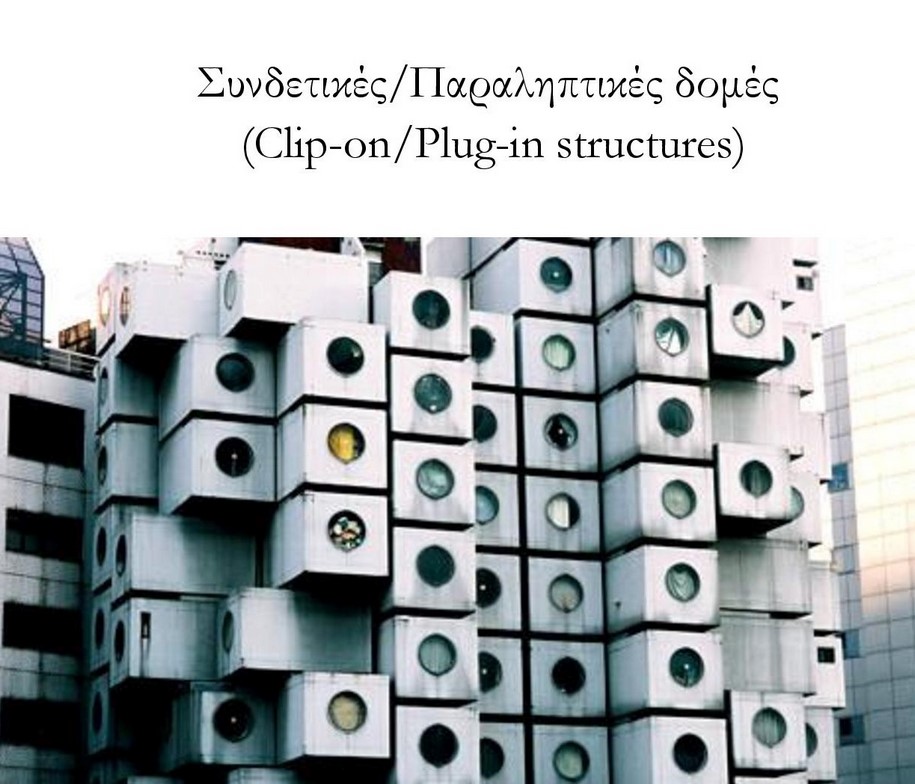
Τα megastructures, θεωρήθηκαν ως ο βασικός παράγοντας για τη δημιουργία ενός αποτελεσματικού αστικού μοντέλου που συνδέεται και ενσωματώνεται, με τη δημιουργική διαδικασία για το σχεδιασμό και την ανάπτυξή του, τόσο στον αρχιτεκτονικό όσο και στον αστικό σχεδιασμό.
Η παρούσα ερευνητική εργασία αποσκοπεί σε μια εκτεταμένη εξερεύνηση στην τάση των Megastructures. Μια βραχυπρόθεσμη αρχιτεκτονική τάση, που εμφανίστηκε στη δεκαετία του 60, διήρκεσε λίγο, αλλά οραματίστηκε τη μελλοντική ανθρώπινη διαβίωση/συνύπαρξη, όπως καμία άλλη.

Στο τελευταίο μέρος της παρούσας ερευνητικής εργασίας, παρουσιάζεται το πως ορισμένες χωρικές αξίες, που συζητήθηκαν έντονα εκείνη την περίοδο, μπορούν να αξιοποιηθούν, να επαναπροδσιοριστούν και να δώσουν λύσεις σε μια σύγχρονη, αναδυόμενη κοινωνική τάξη.
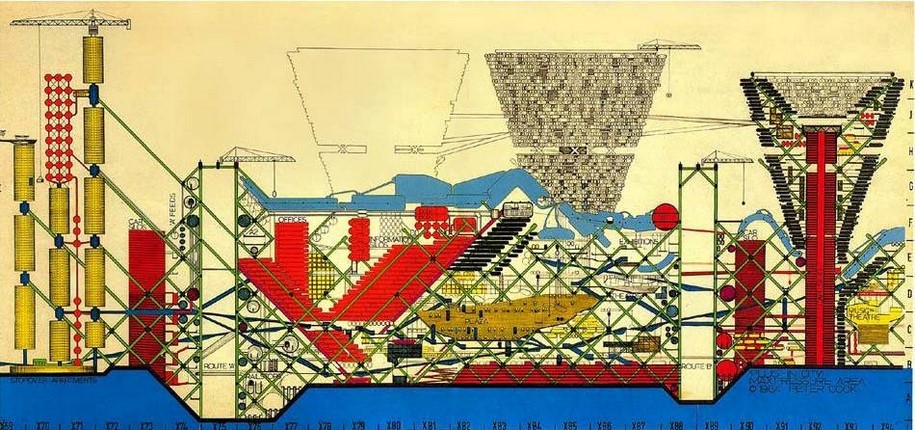
Στοιχεία
Τίτλος εργασίας Megastructure: Volumes Floating In Space
Φοιτητής Σταύρος-Γρηγόριος Κασιμάτης-Βουτυράς
Ημερομηνία Ιούνιος 2018
Μάθημα Ερευνητική Εργασία
Επιβλέπων Αναστάσιος Τέλλιος
Πανεπιστήμιο Πολυτεχνική Σχολή Α.Π.Θ./Αρχιτεκτόνων Μηχανικών
Original full text in Greek – Διαβάστε όλη την εργασία εδώ
READ ALSO: The Holy Lands, mapping the archipelago of utopia | Thesis by Katerina Golia
